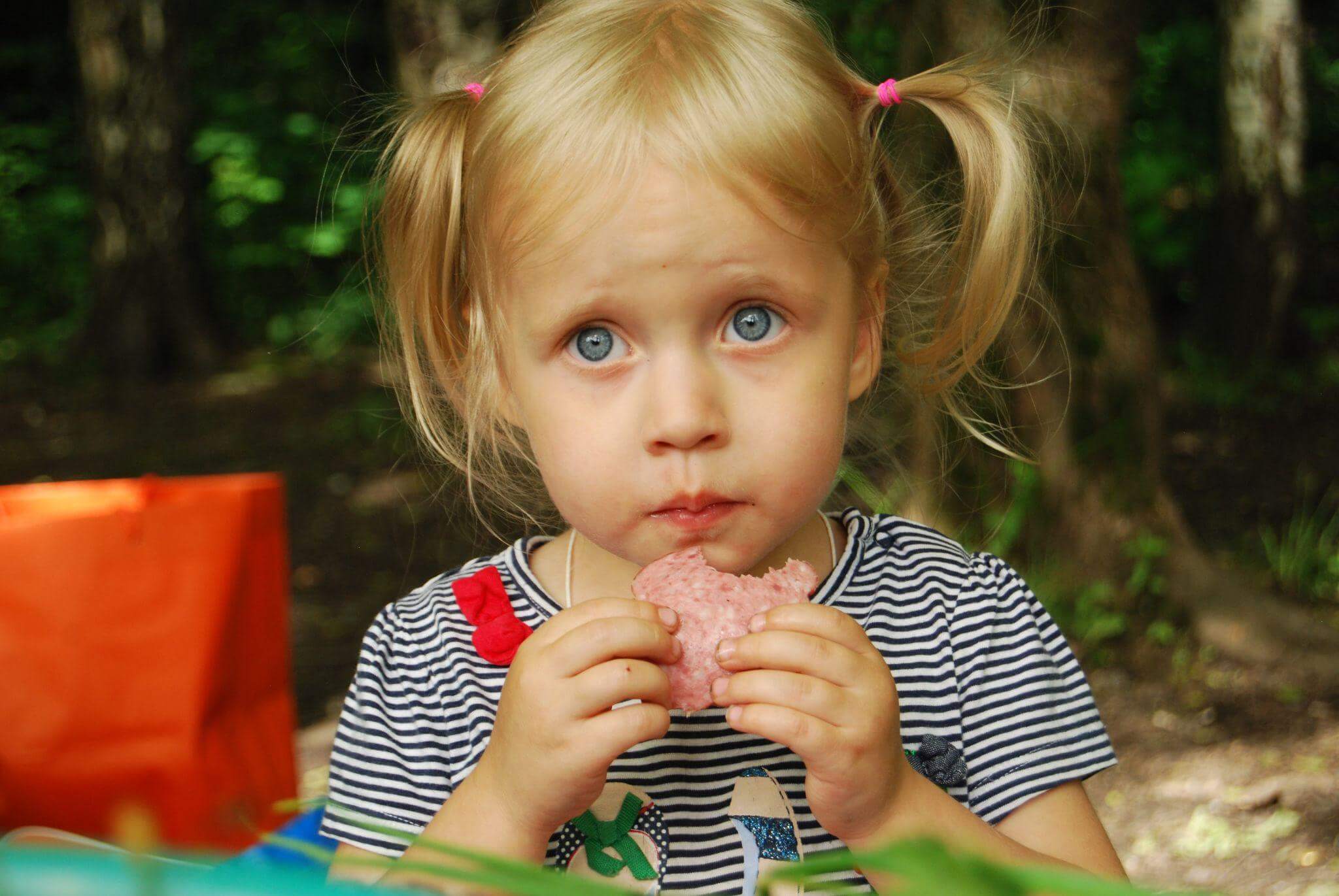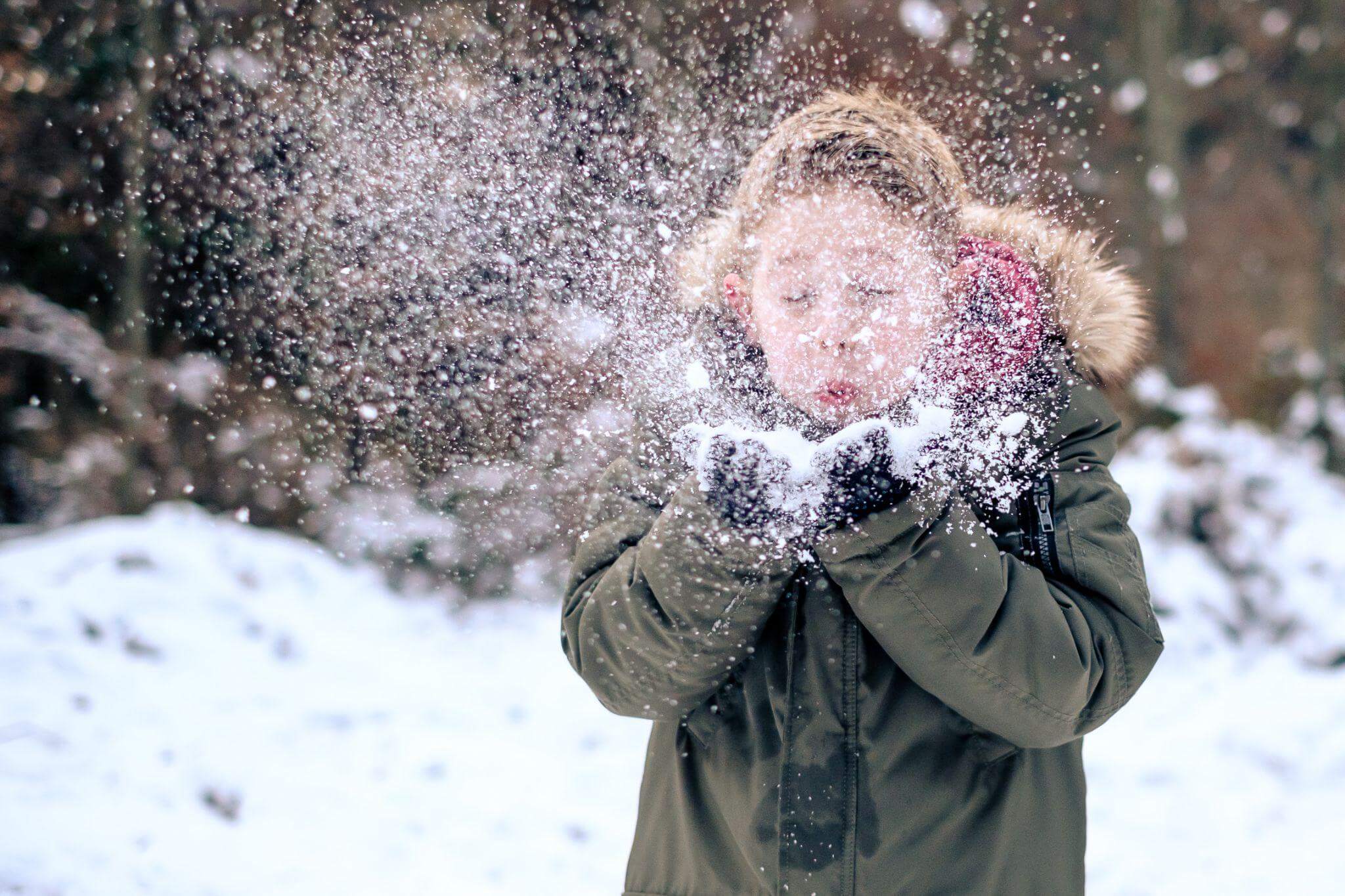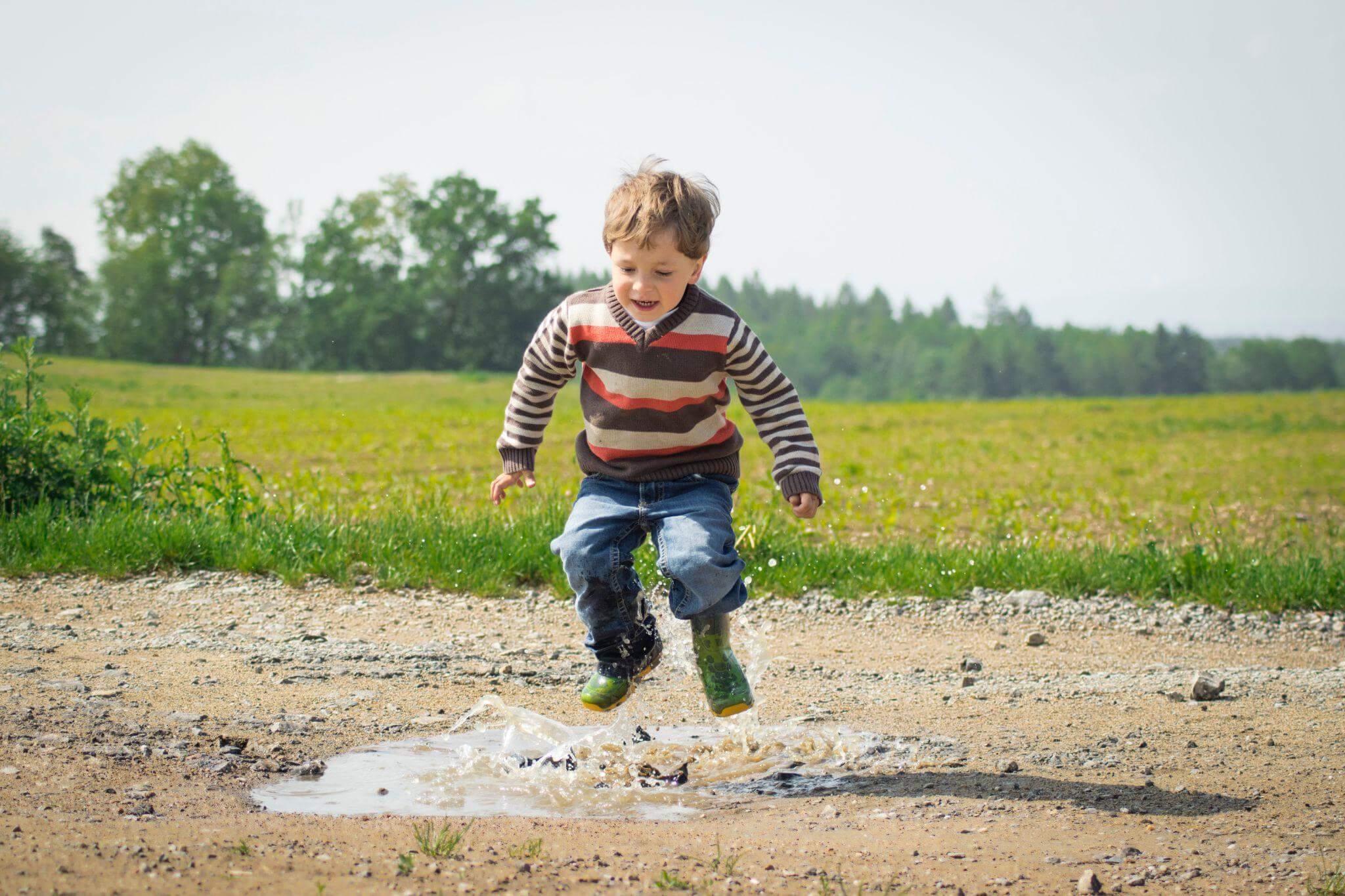Highlights
- Pediatric health conditions can range from common colds to preventable diseases such as chickenpox.
- Children don’t usually require hospitalization as a result of pediatric health conditions.
- Parents should discuss their child’s condition with a doctor if they have any concerns.
Pediatric health conditions are a key source of anxiety for many parents. Fortunately, most children are resilient and often bounce back quickly. As a parent, it may help you to understand common pediatric health conditions and your child’s treatment options.
About Pediatric Health Conditions
Pediatric health conditions commonly affect those who are under the age of 18. Thanks to advances in vaccination programs, once-deadly diseases such as measles and polio are no longer a major concern. The most common pediatric health conditions of today are often easy to treat.
Overall, most children live in a healthy state. Children account for around a quarter of the U.S. population but represent less than 2 percent of annual deaths. However, your child is likely to encounter several unpleasant illnesses as they grow.
Here are the ten most common pediatric health conditions all parents should know about.
Gastroenteritis

Gastroenteritis is a catch-all term your pediatrician may use to describe stomach bugs. Its symptoms include stomach cramps, vomiting, and diarrhea. Some children may have a fever and a reduced appetite.
Around 1.5 million people visit their doctor with gastroenteritis each year. One of the biggest side effects your child may experience is dehydration. You’ll want to offset the effects of vomiting and diarrhea by making sure your child drinks plenty of fluids.
If your child shows signs of dehydration, has a fever, is in a lot of pain, or you’re worried, speak to a medical professional. Otherwise, some of the more typical treatments for gastro include:
- Rehydration sachets
- Antibiotics
- Acetaminophen
- Anti-diarrhea medications
Bronchiolitis

Your child may encounter lots of coughs and colds as they get older. One that’s particularly distressing to see is bronchiolitis.
As a viral infection that fills small airways called bronchioles with mucus, bronchiolitis causes a nasty cough. It may also cause your child to struggle with their breathing.
Bronchiolitis is more common in the first year of life, where around 11 to 15 percent of children develop it. Not all of those children need hospitalization, though. Bronchiolitis is a viral infection, which doesn’t benefit from antibiotics, and the main aim of treatment is to make your child more comfortable.
Treatment options for bronchiolitis include:
- Saline nasal sprays
- Oral corticosteroids
- Acetaminophen
- Ibuprofen
Ear Infection
Around 50 percent of children will have at least one ear infection by age two. They can be caused by any of a range of bacteria and viruses. They usually affect your child’s middle ear canal, which is the small space behind the eardrum.
If your child is young, they may not be able to express their symptoms. However, you might notice that they tug at one ear, become fussy, and don’t respond as usual to sounds. Other symptoms can include ear pain, fever, loss of balance, and fluid drainage from the ear.
Your child should recover quickly, but you can support them with age-appropriate pain relief.
Ear infection treatment options include:
- Antibiotics (if bacterial)
- Anesthetic ear drops
- Acetaminophen
- Ibuprofen
Seasonal Allergies (Hay Fever)

Seasonal allergies arise at certain times of the year. Your child may start showing symptoms as grass pollen grows or when trees pollinate. If their immune system recognizes the pollens as an allergy, they’ll release histamine.
The effects of histamine are uncomfortable. Itchy eyes, blocked noses, and red eyes are all common symptoms. Around 7 percent of children experience seasonal allergies, a pediatric health condition that may reappear each year.
Symptoms are usually mild, so you can care for your child at home. If they appear severe, however, do ask your doctor for help.
Common treatments include:
- Reducing exposure
- Oral antihistamines
- Nasal antihistamines
- Allergy shots (immunotherapy)
Eczema
Eczema is an irritating condition that causes the skin to become dry and itchy. Just under 13 percent of children experience eczema. There are many forms of eczema; the most common is atopic dermatitis.
Eczema symptoms may include dry and itchy skin, redness, scaling, and oozing. In babies, eczema usually appears on the cheeks, knees, and elbows. Older children may develop it inside their wrists, behind their knees, and at the elbows and ankles.
It’s unusual for eczema to become infected, but if you notice signs of infection, take your child to their pediatrician.
Typical treatments may include:
- Moisturizer
- Topical steroids
- Antihistamines
- Topical anti-inflammatories
- Phototherapy
Common Cold
Common colds are usually seasonal and harmless. Young children may catch six to eight colds per year.
Your child might have symptoms such as a blocked nose, sore throat, headache, and general aches. You may also see them sneezing and coughing. Fortunately, most colds are self-limiting.
You can use treatments to support your child, including:
- Saline nasal sprays
- Acetaminophen
- Ibuprofen
- Decongestants
Constipation
If your child has infrequent bowel movements or struggles to poop, they may be constipated. Fortunately, constipation is usually a temporary change in response to toilet training and new diets. Around 10 percent of children may experience constipation.
You can help your child by introducing more fiber to their diet in the form of fruit and vegetables. Encourage them to drink plenty of fluids, too, as this can soften their stools. If they become anxious about using the toilet or experience a lot of pain, speak to a doctor.
Common treatments for constipation include:
- Fiber supplements
- Laxatives
- Stool softeners
- Glycerin suppositories
Asthma

Just under 6 percent of children experience asthma. If your child coughs a lot, particularly when they have a viral illness or are exposed to cold, they may need a formal diagnosis. Other symptoms include wheezing, struggling to breathe during exercise, and chest tightness.
Asthma isn’t a condition your doctor can cure, and it may last beyond childhood. However, your pediatrician can prescribe supportive medicines that can reduce symptoms.
Treatments for childhood asthma include:
- Corticosteroid inhalers
- Leukotriene modifiers
- Combination inhalers
- Theophylline
- Immunomodulatory agents
Sore Throat

Most sore throats are caused by a bacterial or viral infection. Although they’re not pleasant, most sore throats don’t need medical attention. However, around 30 percent of cases doctors see are due to strep A, which may require antibiotics.
If your child’s sore throat is very painful, is accompanied by a fever above 101.1, or they seem fatigued, speak to a doctor. Otherwise, you should find that plenty of fluids and rest will help.
Over-the-counter medications can help with symptoms. Possible treatment options include:
- Lozenges (older children)
- Acetaminophen
- Ibuprofen
- Throat sprays
- Antibiotics
Chickenpox
Chickenpox is a highly contagious virus, but it’s preventable with a vaccine. Your child’s symptoms usually start with an itchy blister that turns into a widespread rash. They’re also likely to feel tired, develop a fever, and lose their appetite. Usually, the symptoms of chickenpox last between 10 and 20 days.
As with most viral illnesses, chickenpox doesn’t have a specific treatment. Your child may benefit from supportive treatments, including:
- Calamine lotion
- Antihistamines
- Acetaminophen
Managing Pediatric Health Conditions
A combination of rest and over-the-counter treatments is usually enough to manage many pediatric health conditions. In many cases, this is because the cause is viral. While viral infections aren’t pleasant, they don’t often result in serious illness in children (although they certainly can).
Bacterial infections, such as some ear or throat infections, on the other hand, can be treated with antibiotics. However, because of the rising problem of antibiotic-resistant organisms, many pediatricians are reluctant to prescribe antibiotics when the child’s immune system will usually resolve the infection on its own.
As a parent, it helps you to know when your little one needs medical care. Always speak to a medical professional if your intuition tells you something is wrong.
Find the Lowest Prices for Pediatric Health Conditions With BidRx
BidRx offers an easy way for you to access medications to support your child while they recover. You can compare prices from a number of pharmacies and collect your prescription from a convenient location. Alternatively, you can order medications to your door.
Find treatments for multiple pediatric health conditions on our medication page and help your child recover comfortably.
